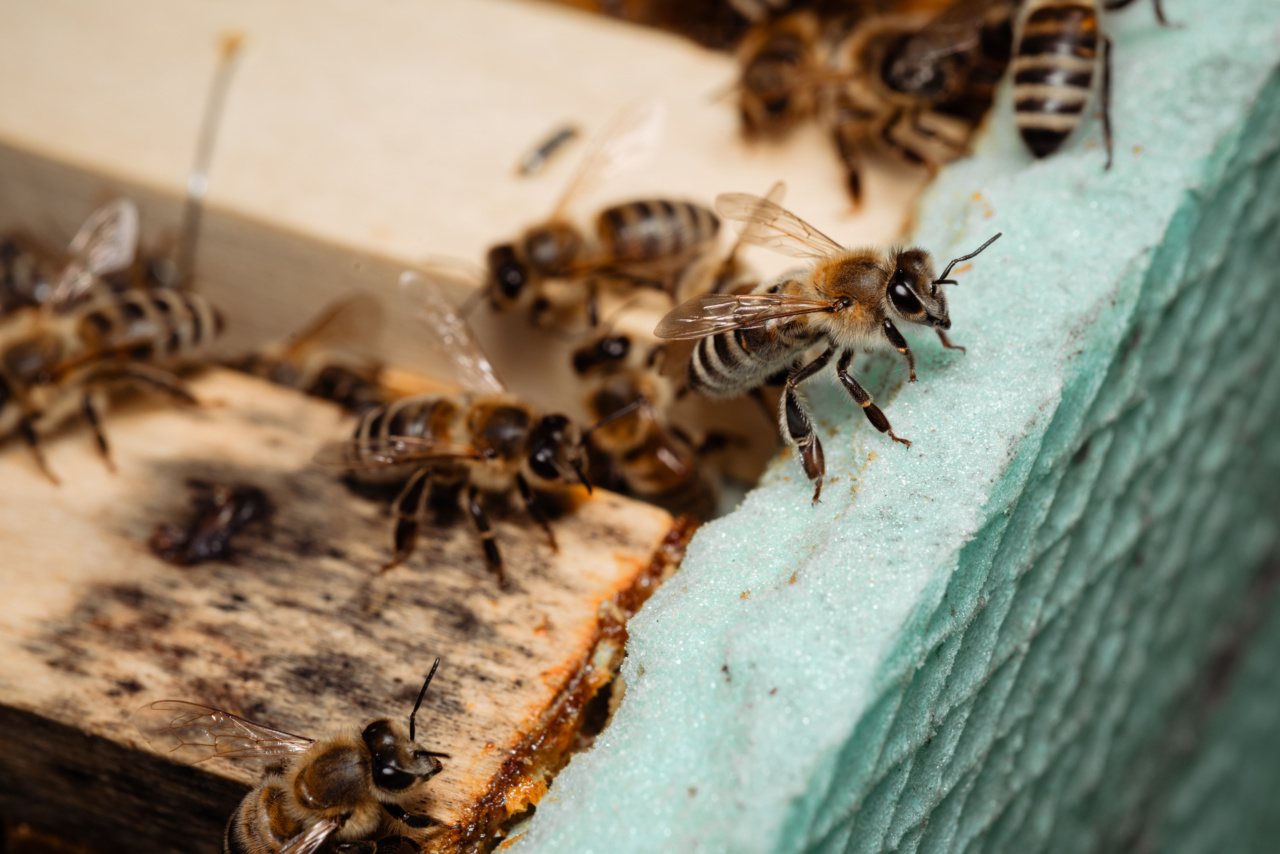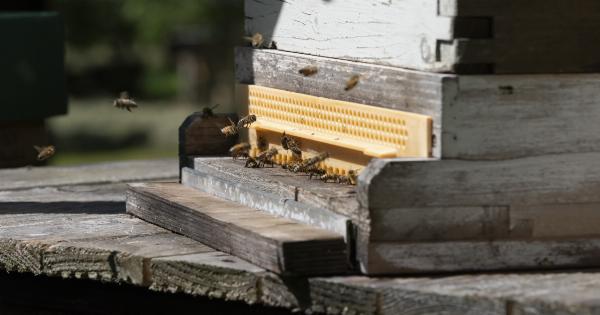Stinging insects can be a nuisance and pose a threat to humans, especially those who are allergic to their venom.
While it is best to avoid encounters with stinging insects whenever possible, knowing how to properly handle them can help minimize the risk of getting stung. In this article, we will discuss essential tips for dealing with stinging insects and provide guidance on what to do if you or someone else gets stung.
Identifying Stinging Insects
Stinging insects come in various forms, and it is important to be able to identify them correctly. Some common stinging insects include bees, wasps, hornets, and yellow jackets.
Bees are typically hairy and have rounded bodies, while wasps are slender and have a smooth body. Hornets are larger than wasps and often have black and white markings, while yellow jackets are smaller and have yellow and black stripes.
Preventing Stinging Insect Encounters
To minimize the chances of getting stung by these insects, you can follow a few preventive measures:.
- Keep food and drinks covered when outdoors, as sweet scents can attract stinging insects.
- Avoid wearing bright-colored clothing and floral patterns, as they can attract stinging insects.
- Keep garbage cans sealed, as they can provide a food source for stinging insects.
- Avoid using highly fragrant beauty and hygiene products that may attract stinging insects.
- When gardening, wear long-sleeved shirts, pants, gloves, and closed-toe shoes to protect yourself from insect stings.
Responding to a Stinging Insect Encounter
If you find yourself in close proximity to a stinging insect, it is important to remain calm and follow these steps:.
- Avoid making sudden movements or swatting at the insect, as this may provoke an attack.
- If the insect lands on you, gently blow on it or brush it off with a soft object.
- Slowly and quietly move away from the area without making sudden or aggressive gestures.
Dealing with a Bee Sting
Bees leave their stingers behind when they sting, and it is crucial to remove them properly to prevent further venom injection. Follow these steps:.
- Use a fingernail or a blunt-edged object, such as a credit card, to scrape the stinger out in a sideways motion.
- Do not use tweezers or try to squeeze the stinger out, as this can release more venom into the wound.
- Wash the affected area with soap and water, and apply a cold compress or ice pack to reduce swelling.
- Consider taking an over-the-counter antihistamine or applying a topical hydrocortisone cream to relieve itching and inflammation.
Managing a Wasp, Hornet, or Yellow Jacket Sting
Unlike bees, wasps, hornets, and yellow jackets can sting multiple times without leaving their stingers behind. Here’s what you should do:.
- Quickly and calmly move away from the area to prevent further stings.
- Check for signs of an allergic reaction, such as difficulty breathing, swelling of the face or throat, or dizziness. If present, seek immediate medical attention.
- Wash the affected area with soap and water, and apply a cold compress or ice pack to reduce pain and swelling.
- Consider taking an over-the-counter pain reliever and applying a topical corticosteroid cream for pain relief.
Allergic Reactions and Seeking Medical Help
For individuals with known allergies to stinging insects, a sting can lead to a severe allergic reaction known as anaphylaxis. If you or someone else experiences the following symptoms after a sting, call emergency services right away:.
- Difficulty breathing
- Tightness in the chest
- Swelling of the face, lips, tongue, or throat
- Rapid heartbeat
- Weakness or dizziness
- Nausea or vomiting
Precautions to Prevent Stings
Here are some additional precautions you can take to minimize the risk of getting stung:.
- Consider wearing insect repellent when spending time outdoors, especially in areas known for stinging insects.
- Be cautious when drinking sugary beverages outdoors, as they can attract stinging insects.
- Do not disturb nests or hives, and seek professional help for their removal if necessary.
Conclusion
Properly handling stinging insects is essential for your safety and the well-being of those around you.
By taking preventive measures, responding calmly to encounters, and knowing how to treat stings, you can minimize the risk and discomfort associated with stinging insect encounters. Remember, if you have known allergies to insect stings, it is crucial to seek medical help immediately in case of an allergic reaction.






























